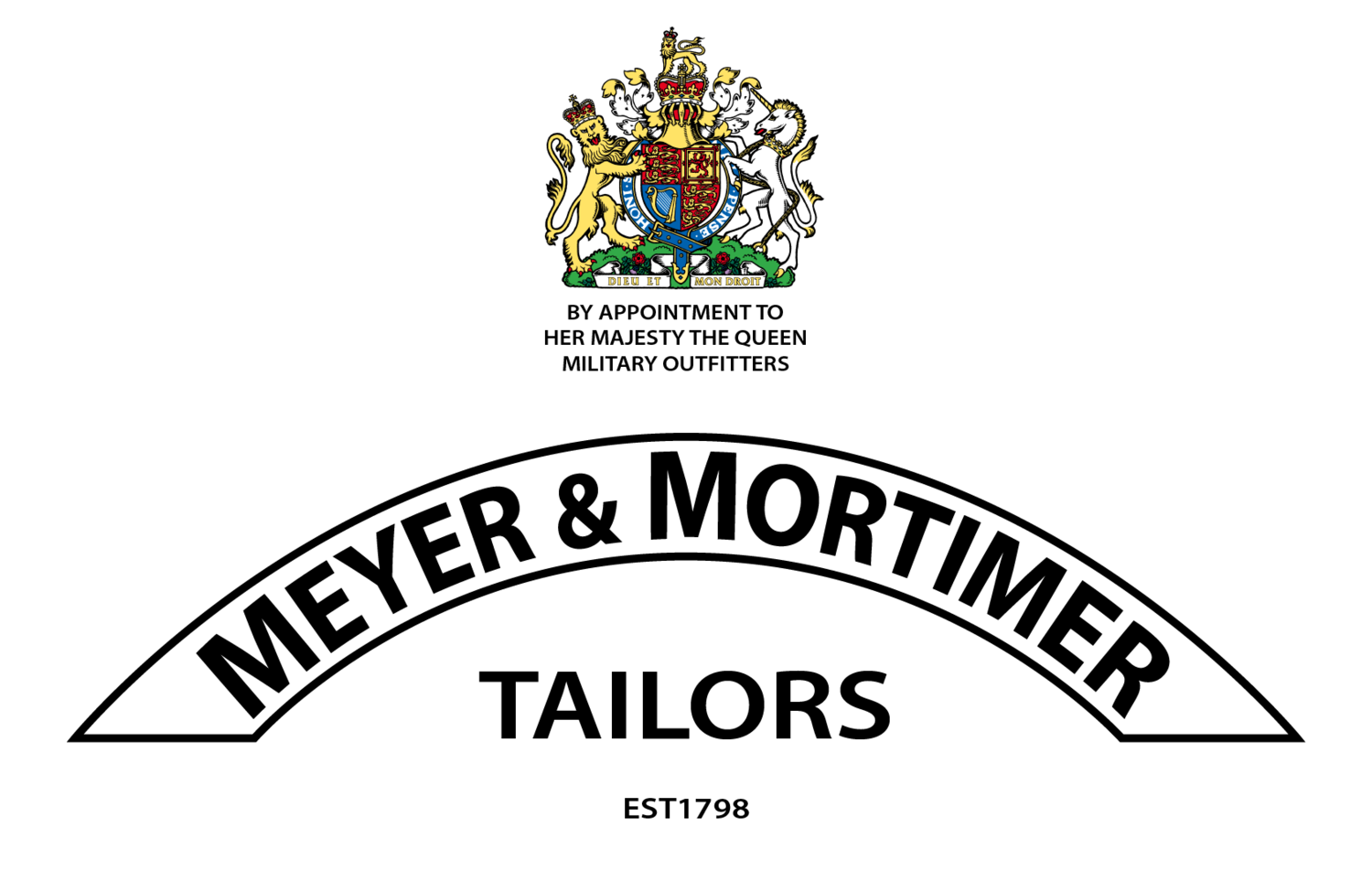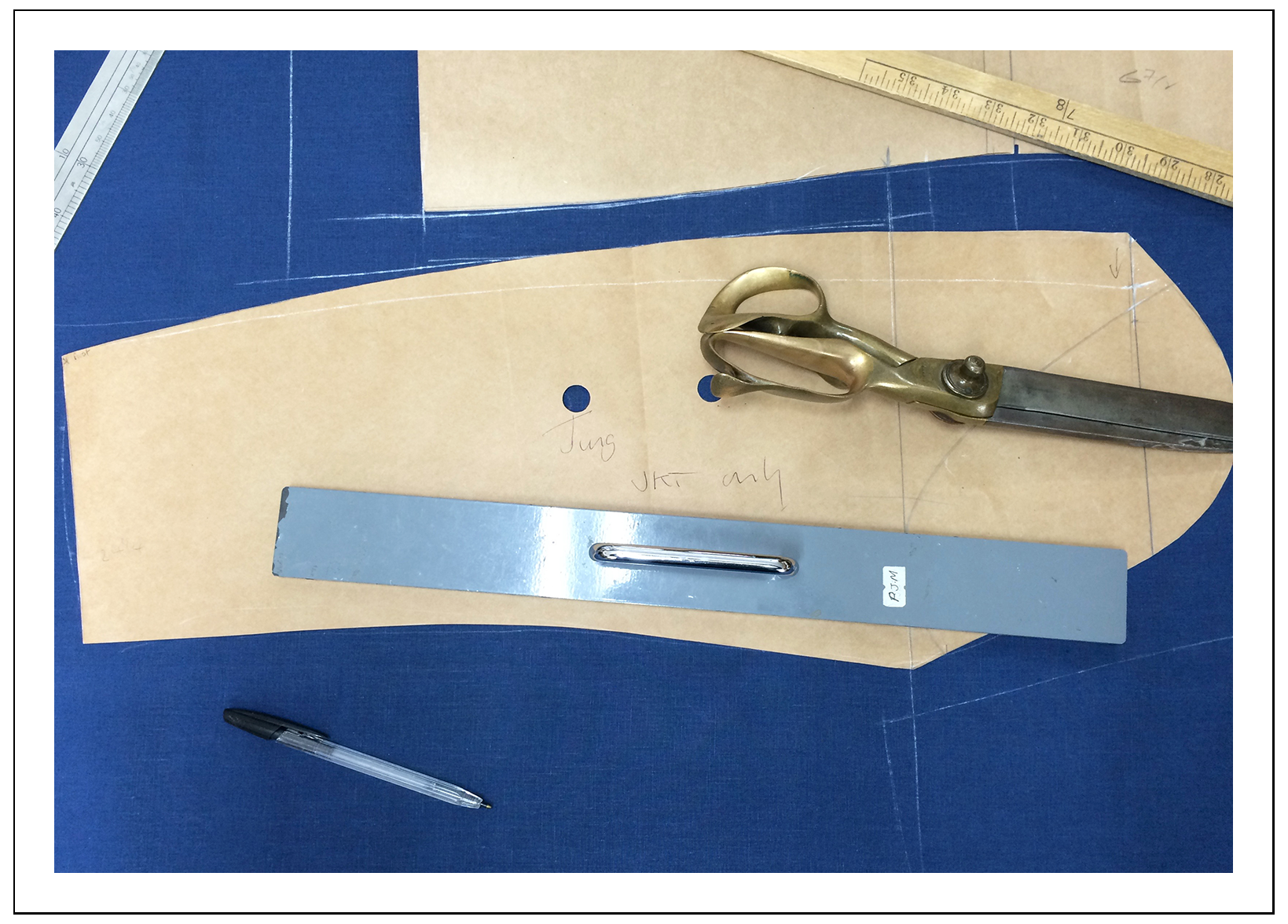In our final instalment (the first is here) we look further into the world of bespoke tailoring by asking what does your tailor do; what is the difference between a cutter and a tailor, and what does the word bespoke actually mean? If you have any questions, and are not able to make it into the shop, join us on Twitter.
Hello again. You had talked about the distinction between a cutter and a tailor and how the latter largely dedicate their careers to making one kind of garment.
That’s right and we talked about the one cutter, cutting the trousers and jackets, and then sending those trousers to be made by a trouser tailor, and the jacket – a jacket tailor.
M&M tailor Charles enjoying a drink at a party on Savile Row
Before we carry on to the next stage, can I start by asking exactly what is bespoke?
Of course, after all the name of this piece lends itself fully to the subject at hand doesn’t it. The word bespoke derives from the old English word bisprecan which refers to deciding on, or ordering, a particular cloth for a garment. The word for a long time was largely the property of Savile Row and traditional tailoring but over the last few years its definition has been diluted to include mass production garments such as made-to-measure.
Savile Row in the 1950s
What is the difference between bespoke and made-to-measure?
Essentially, one is factory made and the other uses techniques honed over 200 plus years. As we’ve seen, in our previous section, a cutter will take a customer’s measurements and create a paper pattern using those measures. The resulting pattern is as unique as the customer including any particular characteristics like square or round shoulders, prominent chest etc. Made-to-measure, on the other hand, uses patterns based on a standard sizing model where chest sizes fall into the following categories:
A 37-38 chest is considered to be Small; 39-40 chest is Medium, and a 41-42 is a Large.
A customer’s sleeve pattern
OK, so similar to buying a ready-to-wear garment like a sweater or overcoat?
Yes, although made-to-measure is able to go a few steps further by enabling the customer to choose cloths, linings and buttons. Also, minor alterations are available on length of sleeves, trousers etc. along with taking in at the sides on jackets.
That’s pretty good isn’t it?
Made-to-measure is a perfectly good product and there are a lot of reputable companies* out there making great suits. However, unfortunately this process can at best, be misinterpreted as bespoke; or at worst, marketed in such a way to give the impression one is receiving a bespoke suit.
*Since this piece was published Meyer & Mortimer now offer a made-to-measure range.
M&M’s Made-to-Measure
A ‘fitting’ is an opportunity for the tailor to try the garment on the customer; how many fittings can a bespoke customer expect?
It really depends on the customer; an existing customer who has not changed shape would receive one fitting, a new customer could get two – possibly more in exceptional circumstances. Each customer’s journey is as unique as they are. With made-to-measure you just do not get this level of attention although some of the high end made-to-measure services do offer a fitting.
A basted overcoat ready for a first fitting
What happens at the first fitting?
Remember when we sent the trousers and jacket to the respective tailors to be made? Well, they come back to the cutter as something called a baste. The garments are largely put together using basting thread – which is a thick white thread which breaks easily. They’ll be no lining, no pockets, just the shell of the garment allowing the cutter to see how the garment fits.
Brian & Paul attending to a customer’s fitting
This will be the first time the cutter gets to see garment on the customer?
Absolutely and it’s a key moment for the cutter and customer to discuss further on where any improvements might be made. In the intervening time, a customer may have wanted to change something or – when seeing the garment on – have a change of heart on some aspect. The cutter may even see something that can be changed to improve the fit. This is the very essence of bespoke tailoring: an opportunity to continue the conversation on a personal level and make changes where needed. Made-to-measure, because of production processes and that standardised sizing, simply does not off this level of attention.
Cutter Steve Phythian
So what happens after the bespoke first fitting?
The constituent parts: sleeve, back, side, front etc are ripped down and smoothed out– hence the basting thread – and any adjustments are transferred to the customer’s pattern by placing the cloth onto the corresponding block i.e. cloth forepart (front of garment) on top of its paper counterpart. Returning to made-to-measure, this option is not available, but it’s here where the details can be honed and crafted to make something truly special.
The M&M label inside
It seems rather destructive to ‘rip down’ but I understand why now. So the cutter would bundle everything back together, highlighting any changes, and send it back to the tailors I assume?
That is right and depending on that customer, and how the first fitting went, it can either be three-quarters constructed as something called a forward, or as a finish-bar-finish or a finish.
That sounds complicated.
A forward is another word for a second fitting essentially. The garment is largely constructed for wear but collar and sleeves are not fully sewn (using instead the aforementioned basting thread) and linings and facings are included. This would then come back to the customer to try once more to ensure both cutter and customer are happy with it.
A bespoke two-piece suit ready for collection
And the finish bar finish?
Is where the garment is made, without the use of basting thread. It’s sewn together using traditional tailoring methods for wear. There are no buttons at this stage, zips or buttons on trousers etc.
So the finish, is at suggests, the finished product?
Yes. Any remaining basting thread and chalk marks are removed; linings and edges are hand stitched, button holes and buttons are included and it is then professionally pressed. The customer, should they wish, could wear the garment home or – as is often the case we carefully hang the suit, say, on a wood hanger and zip it into a Meyer & Mortimer suit cover.
For a cutter, with the customer happy, this is a very proud and gratifying moment to see the garment leave the shop.
Taking bespoke tailoring overseas
So how long does it take – from the customer walking into the shop to picking up the suit to take home?
If the customer is based in London and can easily get to the shop for a fitting, about eight weeks otherwise our overseas customers have to wait longer depending on their, or our, visits.
So you go overseas to see customers?
Yes, we regularly visit North America and Europe. Please visit our Overseas page for more details.
Well, thank you for taking us through this fascinating and intricate process.
A pleasure. If you or any of your readers have any further questions, please get in touch with us at the shop or join the conversation on Twitter. We look forward to hearing from you.
Please click here for the first instalment.
M&M











